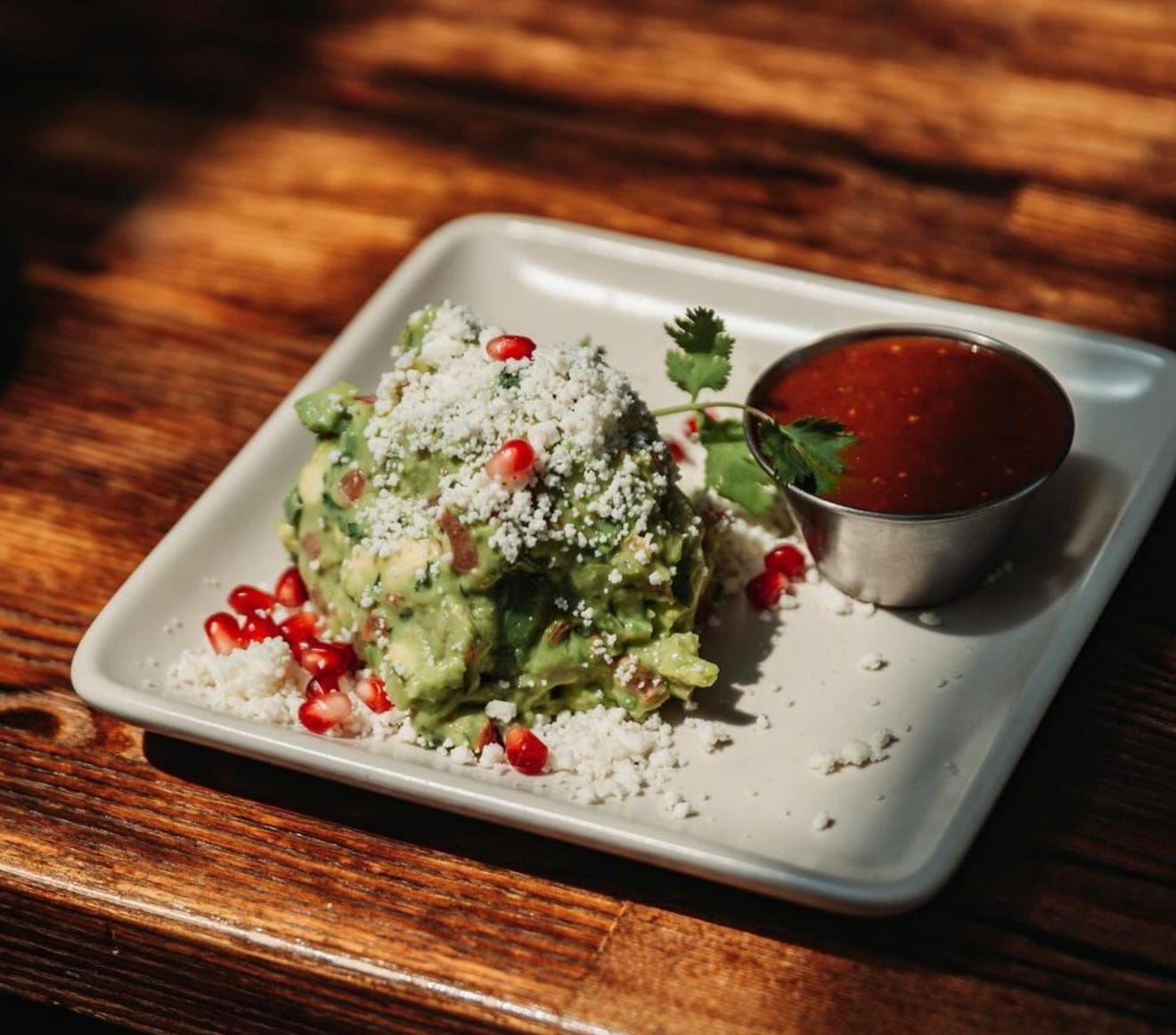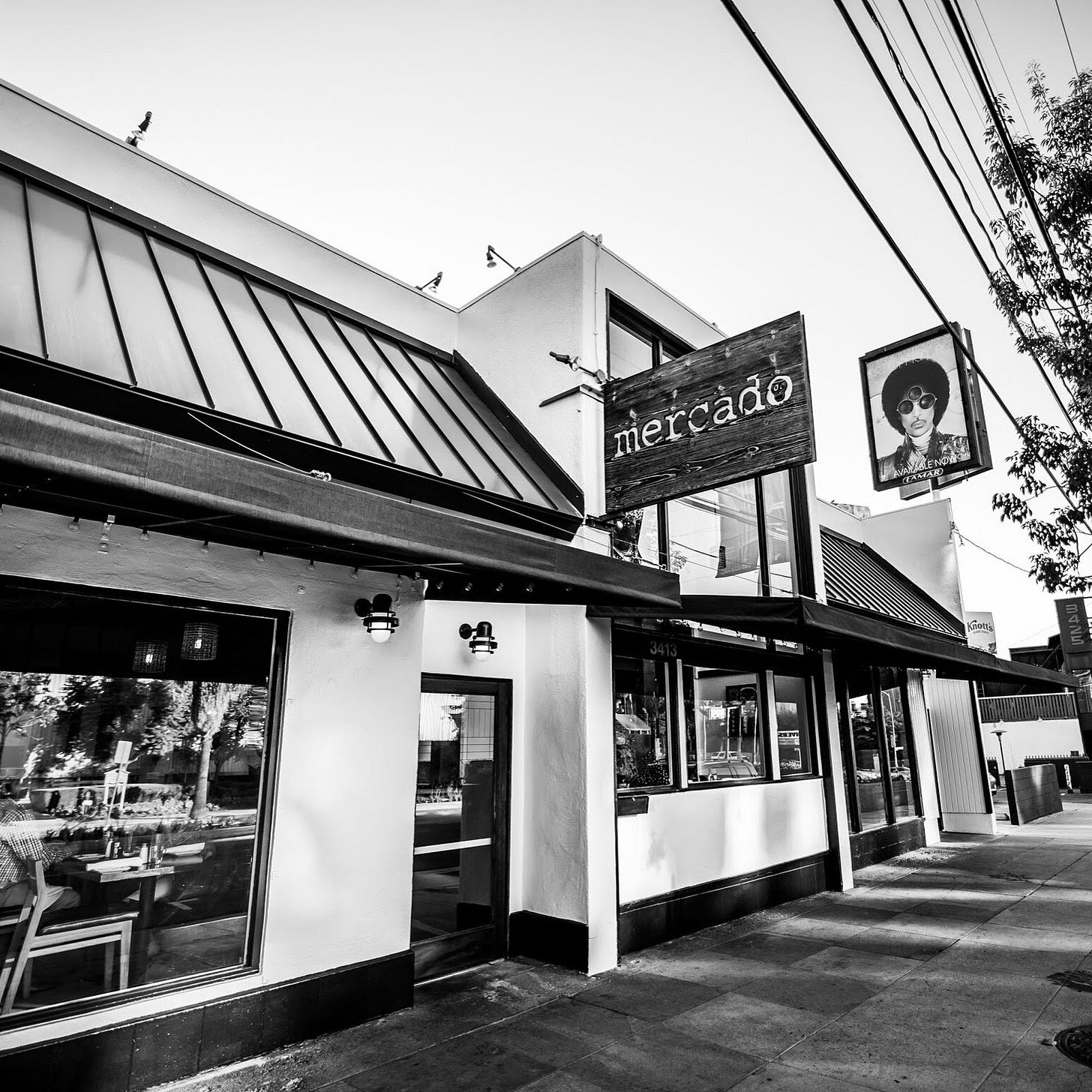While Tender at the Bone is a more personal and introspective exploration for Ruth Reichl, Food and Country takes a broader, outward-looking perspective on the economic irrelevance faced by farmers and food workers. This is particularly evident when we consider the nutritional value of restaurant food and its ability to connect individuals to the feeling of home, the feeling of being nourished with high quality farmed ingredients.
Economic irrelevancy is a term used in the film "Food and Country" to describe the situation where small-scale farmers and ranchers feel marginalized and insignificant within the larger, corporate-dominated food system. It suggests that their contributions, while valuable for local communities and sustainable practices, are often overlooked or undervalued in the broader economic landscape. This can lead to challenges in securing fair prices for their products, accessing markets, and maintaining their livelihoods.
Now, if we drop this idea posed by Food and Country into a specific place, Los Angeles. With a specific subset of people, Latina/os. In a city where there are hundreds of thousands of food establishments and equally as many Latina/o food workers. Are the types of restaurateurs in Los Angeles that could potentially be reviewed by Ruth Reichl in the New York Times feeling economically irrelevant?
With me at Intelatin are the director of the film, Laura Gabbert, and the protagonist of the film, Ruth Reichl, plus the LA based restaurateur, Jesse Gómez.
Sergio: We do not see any Latinos in this film and I think everybody understands that we are the majority in Ag and the majority in the restaurant kitchens ....
Laura Gabbert: Ruth interviewed 175 people for the film and many of those were Latinos. When you make a documentary, we were looking for a story arc, and locations, and unfortunately, it just didn't make it into the film. We had a whole section on NAFTA with the consequences so it wasn't intentional that it didn't make it to the film.
Ruth Reichl: We shot an amazing Latina activist in the Valley that was feeding folks during Covid but we couldn’t cram so many different issues into the film. The effects of NAFTA was a big one, a complicated and divisive issue. It deserves more than a glancing mention.
Sergio: Can something like White Oak Pasture work in Los Angeles?
Ruth: There is no place better for that to happen. There should be one, two or three White Oak Pastures in every agricultural region in the United States, including every part of California, including Los Angeles.
Sergio: Is there a movement behind the documentary?
Laura: I'm a filmmaker and Ruth is a writer so we dont want to be dilettantes about this. We have partnered with a number of organizations and have asked them to use our film as a tool. We've been working on these partnerships for over a year. We want this film to be in every Ag school and we want it screening in an interdisciplinary way in most universities to talk about the issues.
Sergio: Is there anything positive about the future?
Laura: It's complicated. The current industrialized food system is so entrenched it seems impossible to turn it around. We both did feel inspired by the individual producers. These producers give you hope. This idea of replication could happen.
Ruth: The Jones' story talks very forthrightly on the issue of immigration on farming. During Covid, they really were trying to save their workers and jobs. They found a way to create an economic engine free of an obligation to a bank. They found a business in health during Covid. The way we eat is making us sick. Had we not been such a sick population prior to Covid, we would not have been so devastated. The farmers can feed us nutritious food, we just have to help them do it.
Sergio: Where else is there hope?
Ruth: The answer I would give you is that what the U.S. has done around the world is egregious. But we have a new generation of activists that know that this issue is bigger than food and they are working to improve things. These issues were hidden for most of American history. People need to know this and it's not hidden any longer. I am hopeful that these young activists will be able to fix it. They understand the issues in a much bigger way than previous generations.
In 2012, I interviewed John Sedlar, he fits the profile of the type of chef Ruth Reichl could glow-up. He prepared a Loup de Mer with Five Mesoamerican Sauces for me at his restaurant called, Playa, which has since closed. He said, "Loup de mer is considered one of the most elegant and trusted meals around the world. As an added bonus, it is a fish rich in cancer fighting omega-3s." At the time, Chef Sedlar called it "Urban Latin Cuisine" and I remember how adamantly he cared about the sourcing of his ingredients. His latest pop-up, Zoso, didn't last a full year in LA in 2024 but I don't know if that was by design because I know he loves living in New Mexico.
For the same project, I interviewed Jesse Gómez, a restaurateur with one restaurant at the time, Yxta. He was able to scale to eight restaurants in Los Angeles and then after the pandemic, things slowed down significantly on account of work-from-home. Today, in Q4, 2024, he has three high quality restaurants in Manhattan Beach, Pasadena and Hollywood. As a Chicano serving upscale Mexican food, like Guacamole con Granada, Mr Gómez struggles to get the type of Ruth Reichl level recognition that Chef Sedlar has enjoyed in his career. Jesse's vision was more geared to be successful in the Houston's/Hillstone Restaurant Group/George Biel model.
Sergio: When you first started out, were you and Chef José Acevedo attempting to bring a healthier more nutritious offering to Los Angeles? Did you want to feed people healthy food?
Jesse Gómez: I definitely wanted to feed people good Mexican food. I didn’t want it to be greasy but it’s not a healthy concept. People don’t go to our restaurant to eat healthy food but we do have a lighter side and in general, we are cleaner than most other Mexican food in Los Angeles.
Sergio: Did you and Chef José have a conversation about wanting to have deep relationships with your farmers and purveyors?
Jesse: In the beginning when we had one restaurant, Chef José used to walk the Santa Monica farmer’s market for that reason specifically. He would buy flor de calabasa directly. Over time, when we expanded to eight restaurants, that became a chore. But our produce purveyers started getting the same high quality organic ingredients so it became easier to order from them. We had to balance out due to our growth.
Sergio: What happened to your business at Covid?
Jesse: There was a boom that came from reopening. From take-out only, to semi-indoors, to full operation, it started getting better and better. Like with any boom, there was a crash at some point. The crash was bigger than the boom. We are still in the crash. In my world of restaurants in LA, I hear that everybody is still in the post-covid crash.
Sergio: How many restaurants did you close post-Covid?
Jesse: Three. We closed them earlier this year. The restaurants never fully recovered post-covid. Each location had different reasons for their inability to recover. We used to do huge office lunches and great daily happy hours and those died out. Those groups of eight or ten teachers gathering to have beers and tacos stopped coming. For Yxta, we were on Skid Row and during Covid, Skid Row got five times worse than before. I had customers telling me that they simply don’t want to be confronted with the aggressiveness of the folks on Skid Row. Or to go on to Skid Row at night. They were fed up. It just became dangerous. LA homelessness got really bad during Covid. Fires. People getting attacked. Really unfortunate for everybody.
Sergio: You scaled to eight restaurants, you are now at three restaurants, what are your expectations for the greater business?
Jesse: The hard part for me now is that I have a four-year-old daughter. I have never opened a restaurant with a child. The first 90 days at launch and pre-launch are hell and I don’t think I can do it when I am priortizing her. However, I do think that Chef José and I have more restaurants in us. There are so many vacant places but there are no deals out there. There are a lot of negatives to opening a new business. I know what it takes. The risk, the stress, I am being very careful. The deal has to be too good to be true.
Sergio: Talk to me about your relationship with the media….
Jesse: A love/hate relationship. We had PR when we started. I don’t know if we got reviews in the media because of our PR or if it was organic. At some point, we decided to stop paying thousands of dollars per month for coverage. I couldn’t calculate the return. We focused on in-restaurant investment. If you give a four-person-family a great meal, they will talk about the restaurant. We chose that strategy. If we continuously do it well, we will get on the top-ten lists for Mexican restaurants in LA.
The hate part is that I have a story. Chef José has a story. I’ve been in this game for twenty-five years and I have opened and managed a dozen restaurants, eight as an owner operator restaurateur. I come from a family that owned a restaurant in LA for fifty years. I am native to Los Angeles. I am a local in the mix in Los Angeles. What I see happening is that you see a lot of transplants coming in and getting twenty times the coverage. They become “famous LA Chefs” with awards. They can’t even stay in business but they get these enormous reviews and features that we just don’t get.
Sergio: Let’s push it to these high profile critic reviews like Irene Verbilia at the LA Times or Ruth Reichl in the NY Times, do you get those?
Jesse: We got one. Patric Kuh in Los Angeles Magazine. This was a huge deal. That heat carried us for eight years. That helped us scale to eight restaurants. It was really powerful. Even today, in a social media world, it creates a boom. But Chef José and I see it as a bonus. We never set out to become celebrities because of our food. There are famous celebrity chefs on TV and Instagram and they don’t have a restaurant. They don’t cook for the public. They don’t want to deal with the aggravations of employees, prep, getting up at 7am. Some folks can get like five thousand bucks for promoting a product on a video and they are good. It’s an easy way out. We are focused on running restaurants, the buildings, the menus, supporting the employees. But I get it, I show my mom when I get featured. It’s ego-shit but it has impact and we haven’t gotten a lot of it. The lack of publicity hurt us a lot in the beginning. At Yxta, we were still very mom and pop. I think we still are. Especially compared to our neighbors like Joey in Manhattan Beach.
Notebook LLM Podcast | Soundcloud [8min]
Jesse Gómez and Chef José Acevedo are the owners of Mercado with three locations. Details
140 S. Lake Avenue #101 Pasadena, CA 91101
3413 Cahuenga Blvd West Hollywood, CA 90068
3212A N. Sepulveda Boulevard Manhattan Beach, CA 90266
Author’s Note: Sergio's work has been featured in Caló, the Los Angeles Times, the OC Register, PBS, NPR, WNYC, Revista - Harvard Review of Latin America, Studio 360, Latino Leaders Magazine, Poder Hispanic, Animal Político & ¿México Cómo Vamos? - Sergio has interviewed over 150 chefs and restaurateurs for their memoirs and biographies. He can be reached at smunoz@intelatin.com
Outlet: Intelatin, LLC
Producer: Sergio C. Muñoz
Audience: Young Latina/os in the United States
Originating station: KKJZ FM, 2011
Audience Analytics: US, Mexico, Spain, Japan and Germany.
Device: 80% Desktop and 20% Mobile
Identity: 60% Female and 40% Male
Age: 25-34
Curated Person to Person Listserv: 3,581
Talent List Archive for Sergio at Intelatin, LLC
Alejandro González Iñárritu; Anjelica Huston; Olivier Assayas; Thandie Newton; Diane Kurys; Joshua Oppenheimer; Jean Jacques Annaud; Edward James Olmos; Walter Salles; Mathieu Demy; Stacy Peralta; Sarah Burns; Pedro González Rubio; Sebastian Hofmann; Carlos Bolado; Alison Klayman; Bill Raney; Elie Wajeman; Richard Goldgewicht; Javier Andrade; Arvin Chen; Gaston Solnicki; Francisco Lorite; Freddy Rodriguez; Alejandro Fernandez Almendras; Nicholas Gonzalez; Sebastian Betbeder; Claudia Bassols; Petra Costa; Claudia Sainte Luce; Ciro Guerra; Manuel Martín Cuenca; Miguel Ángel Caballero; Samuel Kishi Leopo; Aaron Fernandez; Hernán Vilchez; Nicole Gómez Fisher; Mariana Rondón; Josef Kubota; Brionne Davis; Sacha Jenkins; Brad Winters; Fellipe Barbosa; Jason Baffa; Gabriel Mascaro; Jonathan Jakubowicz; Carla Simón; Carlos Sanchez; The Welchmans; Anna Hints; Alli Haapsalo; Pawo Choyning Dorji; Sam Pollard; Laura Gabbert











